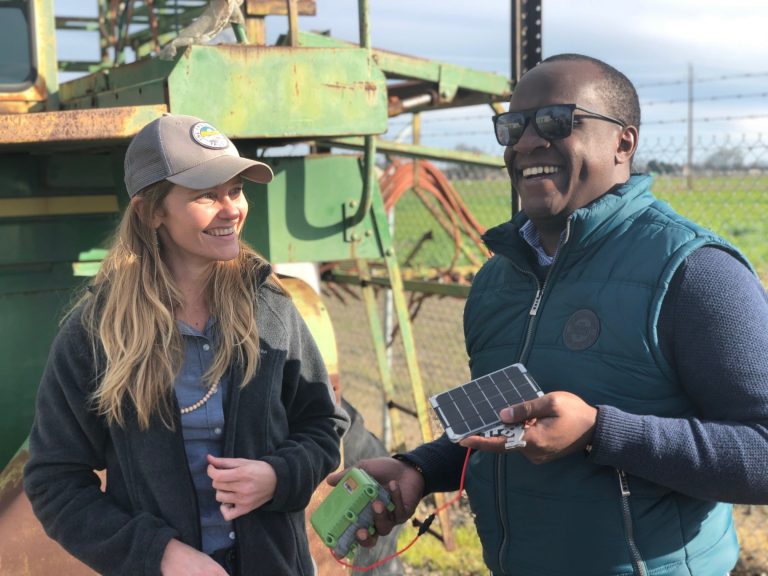
With the help of blockchain and Internet of things (IoT) technologies, the State of California wants to change the way it manages groundwater usage.
The Freshwater Trust (TFT), a nonprofit working to protect and restore freshwater ecosystems, has teamed up with IBM (NYSE: IBM) and satellite connected sensors provider SweetSense to pilot technologies to accurately monitor and track groundwater use in one of the largest and most at risk aquifers in North America. The partnership will receive additional research support from the University of Colorado Boulder.
The project, jointly funded by the Water Foundation and the Gordon and Betty Moore Foundation, is designed to use the blockchain and remote IoT sensors to accurately measure groundwater usage transparently, and in real-time in California’s Sacramento San Joaquin River Delta.
How Blockchain-Powered System Will Work
The sensors, provided by SweetSense, will transmit water extraction data to orbiting satellites and then to the IBM Blockchain Platform hosted in the IBM Cloud. The blockchain will record all data exchanges or transactions made in an append-only, immutable ledger.
Through a web-based dashboard, water consumers – including farmers, financers and regulators – will all be able to monitor and track the use of groundwater to demonstrate how sustainable pumping levels can be achieved through the trading of groundwater use shares in California.
Individual users who require groundwater amounts beyond their share cap will be able to purchase groundwater shares from users who do not require all of their supply at a market-regulated rate.
For example, a strawberry farmer is planning to take the season off to prepare for an organic crop the following harvest. The farmer can trade or sell water credits on the blockchain to another farmer. Further, due to a particularly dry season, a winery realizes it will need additional ground water to avoid losing the vintage. The vintner can purchase additional water shares, without negatively impacting the aquifer.
“The future success of these sustainability plans hinges on being able to track and report groundwater use, and likely will also require a robust way to trade groundwater shares as well,” Alex Johnson, Freshwater Fund Director with TFT, said in a statement. “Our strategic intent is to harness new technologies to develop a system that makes getting groundwater more sustainable, collaborative, accurate and transparent process, which is why we are using the blockchain. We now have the project team and funding to do it, and a strong network of partners in the region that are open to an initial testing and building phase.”
Sustainable Groundwater
The partnership will pilot the system in northern California’s Sacramento-San Joaquin River Delta, an area often referred to as the “nexus of California’s statewide water system.”
The river delta covers 1,100 square miles and provides water to the San Francisco Bay Area and coastal and southern California and supports dozens of legally protected fish, plant and animal species. In addition, nearly 75% of this land is used for agriculture.
The sensor technology is provided by SweetSense, which is currently monitoring the groundwater supplies for over a million people in Kenya and Ethiopia. The sensor data are transmitted over satellite networks to an online data analytics platform.
The collaboration began in response to the Sustainable Groundwater Management Act, which was signed into California law in 2014.




